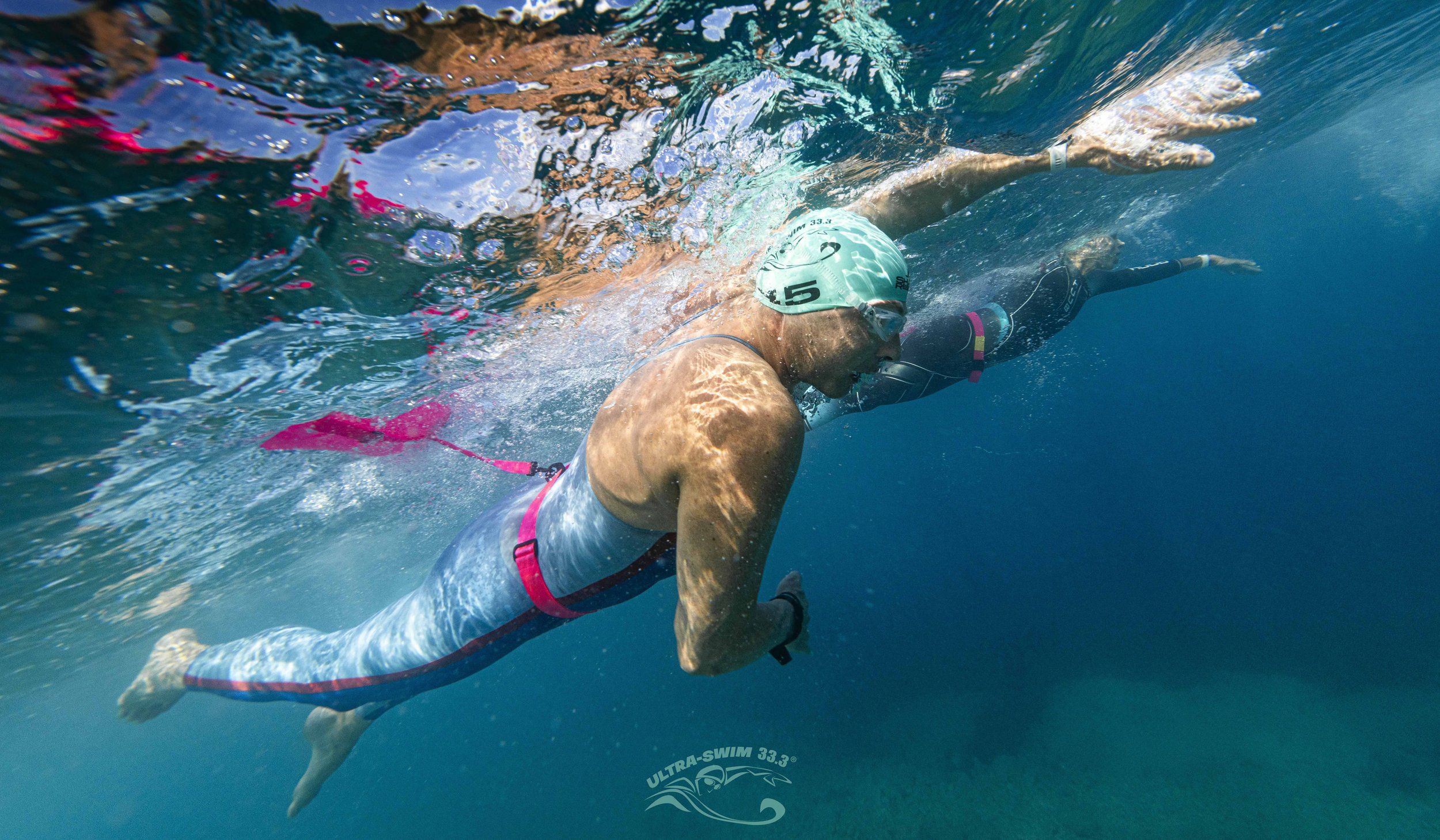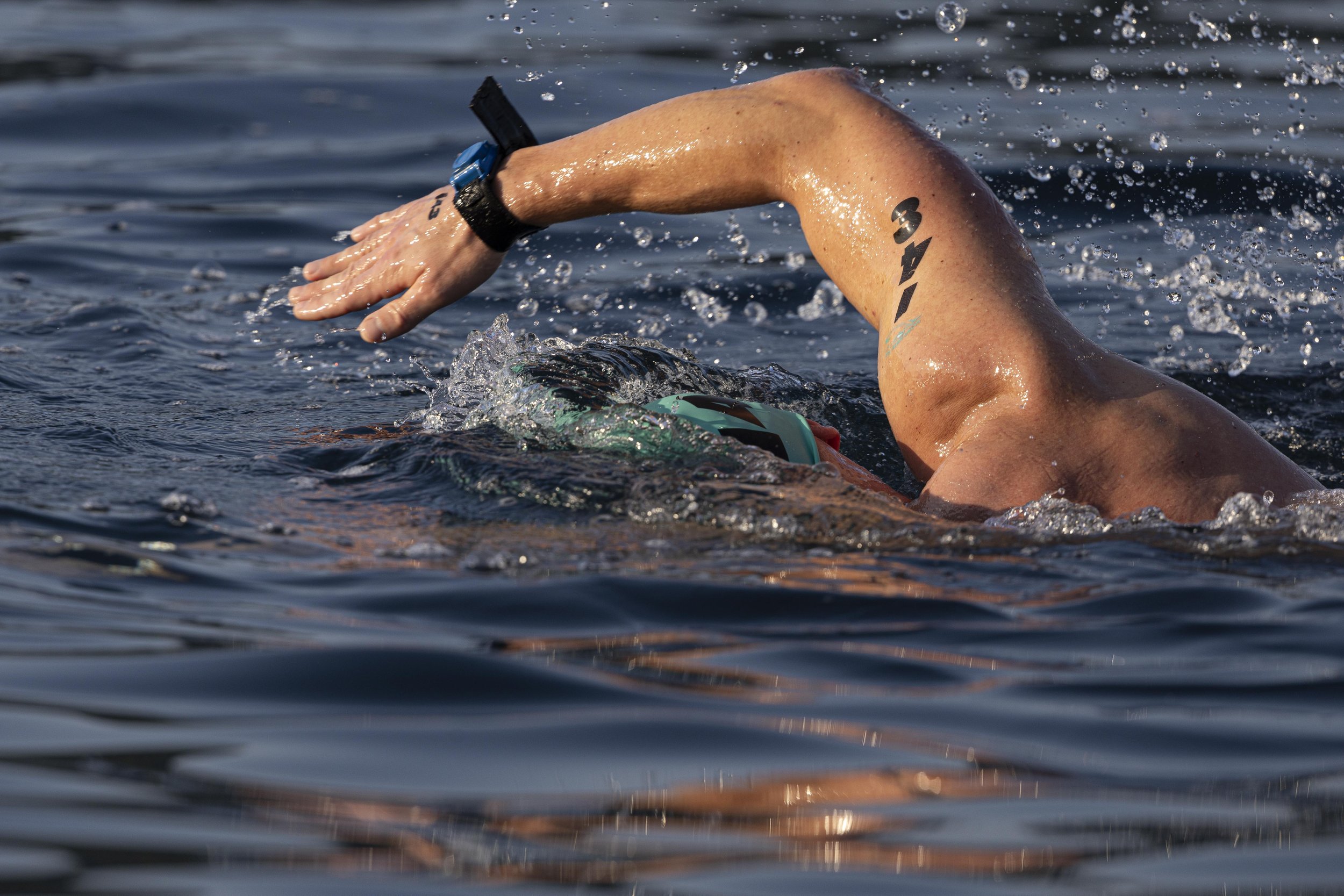SLOW IS SMOOTH, SMOOTH IS FAST
This article is written by Tom Jenkinson, Coach at Envol, who are providing training support for UltraSwim 33.3 in 2024
The Way of the Swimmer
My son Max’s sport is Brazilian Jiu Jitsu (but for the record he isn’t a bad swimmer either). We were watching a documentary on the roots of this form of submission wrestling and on the wall of the BJJ academy was a poster with the words “slow is smooth, smooth is fast”. Max turned to me and said “That should be a swim quote” - I agreed!
I looked it up - it seems it is a mantra of the US Navy Seals and emphasizes the importance of accuracy, consistency, and a controlled pace in executing tasks. A mantra in opposition to a belief that the fastest route to success is rushing headlong into tasks. The same can be said of swimming progress. Mindless laps with crappy technique are not the fastest way to improve your swimming.
Now I can imagine some of you responding “But I’m not a Smooth, I’m a Swinger”. You may even be defending your arm recovery because it looks like Harry Wiltshire or that your funky kick is just like Greg Paltrinieri’s, and fine, misunderstand me correctly - I am not referring to a particular swim type, it doesn’t have to be pretty - but unless you are swimming as fast as they are, objectively you are not actually moving like them are you?
No, my argument is more about the learning process itself. You can watch Effortless Swimming’s “four catch positions for an epic catch a pull” on repeat (good by the way) but unless you learn the timing and flow of those techniques through purposeful practice you’ll still be banging out shitty swim laps.
“My opponent is my teacher. My ego is my enemy.”
The stroke itself is soft to hard, slow to fast. As discussed in training-for-long-distance-open-water-races, for marathon and ultra-distance swimmers it is the bottom half of our performance curve that we want to optimize, not the top half, so maybe we should be learning backward.
Take Åsa, one of the best (and fastest) swimmers in my squad. I’ll admit I do chide her for her ridiculously slow stroke rate, but the reality is that she has developed a stroke that is super efficient and effective for long-distance swimming. She has the timing, the balance, and the movement patterns to swim very fast with relatively low effort. It would not be beyond her to increase cadence and her force production on top of those sound stroke mechanics, but she wins races anyway! Take the opposite, someone (typically a male triathlete), that has a high turnover and brutal force - it’s just unfortunate that this doesn’t move them forward very quickly and the additional problem is that they won’t magically learn the requisite skills without slowing down and embracing the importance of accuracy, consistency, and controlled pace.
“Force has no place where there is need of skill.”
Here in Stockholm, we have some months before we get outside again. Take this winter and spring to unlearn the things that are holding you back from your swim progress. Don’t worry about how “fast” your lane buddies are, and repeat after me - slow is smooth, and smooth is fast.



